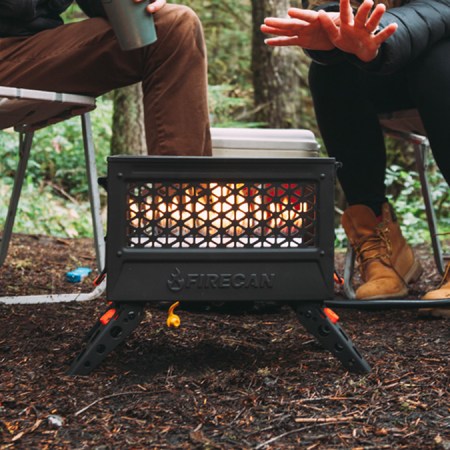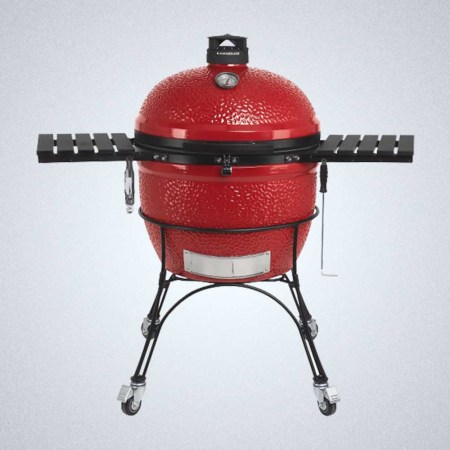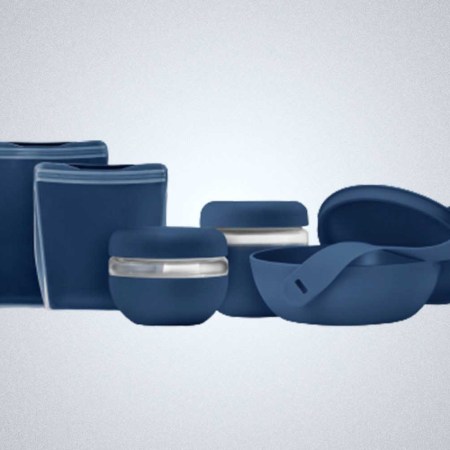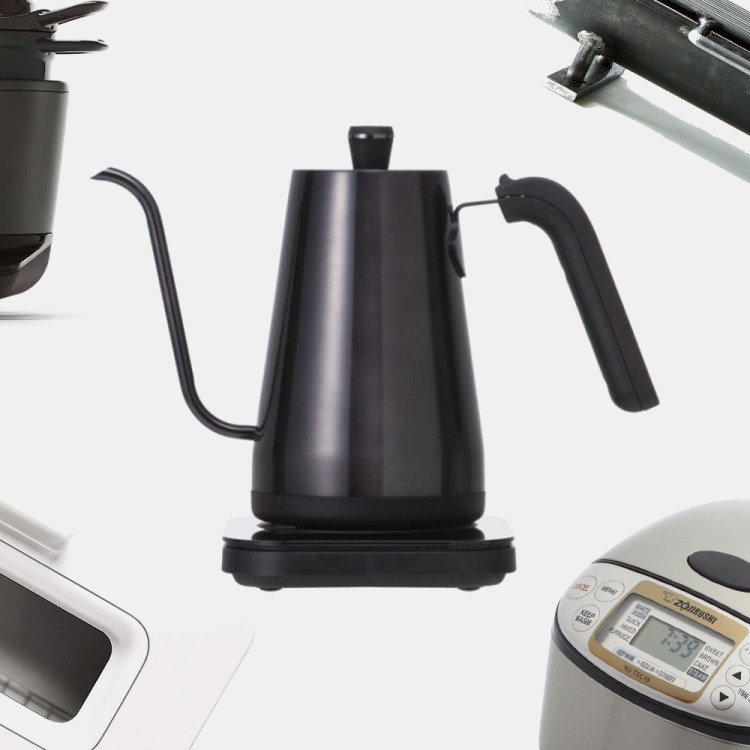Please note: If you buy through the links in this article, we may earn a small share of the profits.
If you’ve made it to this article, you undoubtedly know about the major environmental issues facing just about every facet of our society.
It can definitely feel overwhelming to figure out what to do to have any sort of impact in reducing carbon emissions, water degradation, improving air quality and so many other climate-related issues.
Homes (especially American homes) and the ways in which we maintain, care for and improve them can have an especially nasty impact on the environment. Because there’s such a range of types of homes across our nation’s landscape, there’s no one surefire way that all dwellers can adopt, but there are a number of straightforward things we homeowners and renters can do to roll back at least a portion of our domicile’s footprint.
Because at the end of the day, it’s not one big action that’s going to make a difference – it’s a medley of small ones. We’ve listed a few of our favorite environmentally conscious products below that can improve any home from brands like Stasher, Grove, Sabai and much more.
Start Under Your Sink
Perhaps the easiest place to start is by taking a look at the types of cleaners you’re using around the house. Aerosols and everyday solutions end up in your air, your water and your body. All of this ultimately contributes to your home’s impact because it releases toxins back into the environment.
“Everyone knows these chemicals, but may not know the categories,” says Joanne Brasch, special projects manager for the California Product Stewardship Council (CPSC).
The CPSC classifies many common household cleaners as “hazardous household waste,” which beyond being a scary-enough name, also helps identify these cleaners as very difficult to appropriately recycle.
Simply ditching the chemicals for something cleaner isn’t enough. If you live in an area with reuse programs (which you can find with some simple Googling) and your cleaners are more than half full, an agency will collect and redistribute the cleaners, keeping the products out of the landfill where they can do further damage. This isn’t a perfect solution, but it does help limit your home’s exposure and output.
Phasing Out Plastic
“I always suggest to people to get a sense of your plastic usage, just take a look at your trash and recycle bin to conduct a personal audit,” says Danielle Jezienicki, Director of Sustainability at Grove Collaborative.
There’s plenty of conflicting information out there about plastic, but the one thing most experts and researchers can agree on is that we need to use less of it. At home, this means transitioning away from single-use everything and really working to incorporate reusable items wherever possible.
Beyond plastic bottles, most plastic can’t or doesn’t get appropriately recycled in the U.S., with some estimates putting the actual count as low as 5%.
“This is the result of a lot of issues – lack of recycling infrastructure being a key one,” Jezienicki says. If there is one action you take, it’s opting for plastic-free when you can.”
Removing plastic can look like something as simple as using less sandwich bags and choosing reusable grocery bags not made from plastic or a plastic by-product. Better yet, switch to cleaners and other liquids coming from concentrate that you can dilute in one bottle as needed.
Plus, when you use something reusable to store food leftovers, you’re saving waste (a major greenhouse gas contributor) and preventing plastic usage, too.
For those living in an area without suitable reuse options, you can reduce the impact of your plastic usage by choosing plastics labeled “1,” “2,” or “5” within the chasing arrows symbol on the bottom or back of the product as those are the most commercially-viable materials that can be recycled.
Bigger Items Means Bigger Opportunities
Brasch notes that most waste and garbage agencies are funded through different methods than standard municipal agencies, and that means they’re tasked with the enormous cost of properly recycling mattresses, furniture, paint and much more.
“Paint has a huge reuse potential,” she adds.
If you’re doing any sort of repainting, check with your local recycling agencies to see if they have a paint reuse program. In certain states, PaintCare makes it really easy to find these leftovers, and chances are it could save you a bundle on material costs and keep new paint out of the cycle.
Beyond stating the obvious about buying big-ticket items used like furniture, if budget allows, seek out furniture producers removing the chemicals, cheap materials and “fast fashion” ethos from these traditional products. Furniture is a major contributor to global waste, and reducing the flow of these hard-to-recycle items from your home is a great way to further work towards a smaller footprint.
Getting Started
Below are a few great items to help you get started on your house-cleansing journey:
Branch Basics
Powerful cleaners without the chemicals. Everything comes from one concentrate and the only thing you’ll have to buy are the refills.
Sabai
One of the leading responsible furniture companies focused on fine design, circularity and generally great pieces.
Kindhumans
An excellent one-stop shop for all sorts of planet-positive home items (in addition to other categories).
Stasher
If you’re looking for reusable bags or bowls in a variety of sizes and shapes Stasher has you covered. You can place them in the dishwasher or microwave without any worries and if your bag does eventually breakdown you can send it back to Stasher to be upcycled.
We've put in the work researching, reviewing and rounding up all the shirts, jackets, shoes and accessories you'll need this season, whether it's for yourself of for gifting purposes. Sign up here for weekly style inspo direct to your inbox.



























